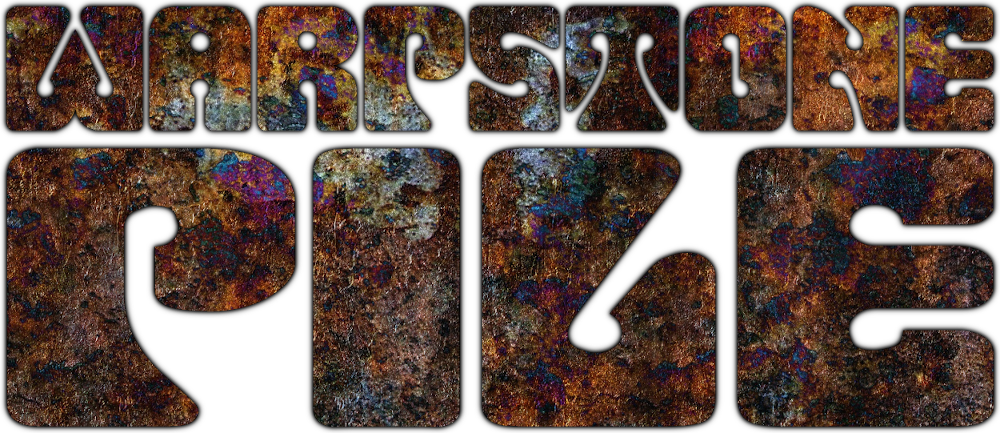Frostgrave is, as I’ve noted, happening at Madicon. Although I’ve seen some rather impressive Frostgrave setups at the various HMGS conventions, this is going to be a fairly low-key afair: just a 6×4 table stuffed with terrain and folks handed wizards and warbands to push around until they run out.
For this to work, though, everything has to be pre-generated. We’ve done the Frostgrave-day thing before and it takes hours for people unfamiliar with the system to make decisions about school, spells, and hirelings. Wasted time. So, I’ve generated cheat sheets for the warbands I’m bringing to share: everything someone would need to play on the single sheet (with the QR sheet on the back).
Am I not considerate?
(Download these cheat sheets)
This process brought to mind some rules of thumb I’ve had rattling around for the best way to approach Frostgrave from an army-building perspective.
First off, all hirelings in Frostgrave (not counting the hirelings in the supplements) fall into the following ruthlessly broad categories:
| Equipment | Hireling |
|---|---|
| Hand Weapon | Thug, Thief, Apothecary |
| Handweapon & Shield | Man-at-Arms, Knight |
| Two-handed Weapon | Infantryman, Templar, Barbarian |
| Two Hand Weapon | Treasure Hunter |
| Crossbow | Crossbowman |
| Bow | Archer, Tracker, Ranger, Marksman |
And I mean ruthlessly broad, here. An Apothecary’s got a Staff… but you’re Two-handed weapon guys are going to be more martial than some skinny jackass with a Health Potion, so just give him a stick with a nail in it and call it done. You could probably even conflate the Hand Weapon & Two Hand Weapon groups, but Treasure Hunters are so useful (and supplemental options), it’s justifiable to treat them separately.
(Most of the options in the supplements fall into these categories as well: they’re almost all Hand Weapon or Two Hand Weapons. Only the Javelineer, with his javelins, and the Pack Mule, who I really just want to run as an actual Mule, are problems).
Within each category, you want some differentiation. Two-Handed Weapon dudes, for example, ultimately come in three flavors: if you have three models equipped with two-handed weapons and they’re all different, you can point to the shoddiest-equipped and call him an Infantryman, the better armored one a Templar, and the gnarlier looking on a Barbarian. Or you can say that they’re all Infantrymen, or Templars, or that the two with the scarier looking weapons are Templars and the guy with the spear is an Infantryman… whatever. By making your models individual, you buy yourself flexibility.
At a minimum: simply build two from each category. You’re not likely to need to run eight Thieves, right? Two Crossbowmen will set you.
So:
- Hand Weapon Dude x2
- Hand Weapon & Shield Dude x2
- Two-handed Weapon Dude x2
- Two Handweapon Dude x2
- Crossbow Dude x2
- Bow Dude x2
And make each model of each pair sufficiently distinct from the other (worrying less so about the two Treasure Hunters & Crossbowmen).
If you want to do more than that, I think it’s worth pushing a couple of those groups up to three models each:
- Hand Weapon Dude x2
- Hand Weapon & Shield Dude x3
- Two-handed Weapon Dude x3
- Two Handweapon Dude x2
- Crossbow Dude x2
- Bow Dude x3
If you really want to run more than two Thieves, go for it, but I just did the two (plus the two Treasure Hunters). There are a couple of options across the Hand Weapon & Shield that you might want to take, and several options for the Two-handed Weapon and Archer models. In the case of the Archers, I made a point to give at least one of them a Hand Weapon: remember, you want to be able to distinguish between the two models.
Both approaches obviously give you more models than you can run at once, but it’s so much easier to paint the 12/15 models together and be covered for the duration of your Wizard’s treasure hunting than to not and end up needing to assemble and paint a second sword-and-board guy halfway through a campaign.
Of the four warbands I’m bringing to Madicon, I’ve used this model for two of them: I’m bringing an assortment of Skaven just culled from my many, many Skaven models. I’ve got a Clubmen warband that’s simply a Warlord Games clubmen blister with a best-match for model to Hireling type. But this is the approach I’ve used for my Cultists and my Barbarians: basically how I’ve wrangled all of the different options in those kits.
With models built: which models to start with? I gave JC the following advice yesterday: “M is good, take as many bodies as you can, and Apprentices only look optional.”
Which equates to: 8 bodies in a starting warband with 300g to spend. Take two Thieves. Take two of the following: Man-at-Arms, Treasure Hunter. Then take two of the following: Archer, Crossbowman, Infantryman,. Obviously, there are many more ways to spend your starting gold, but it’s good place to start, and stays within the above recommendations for building models.




























